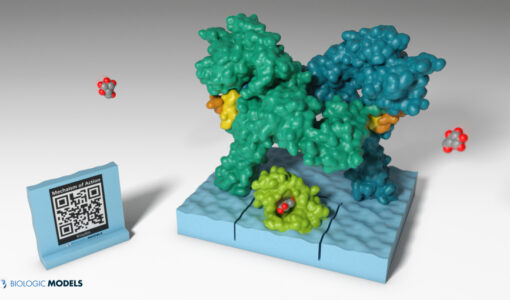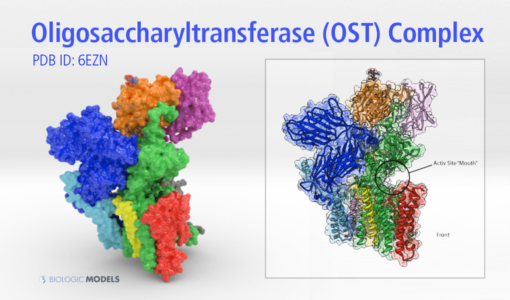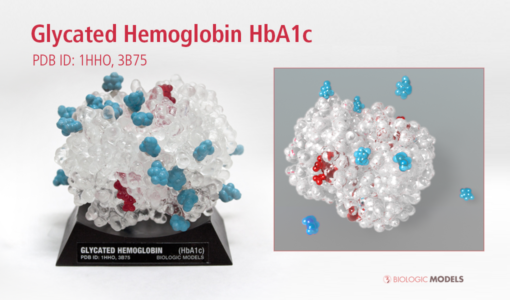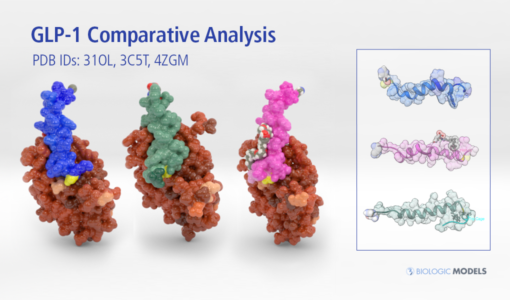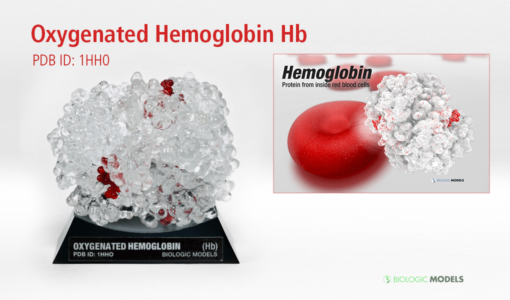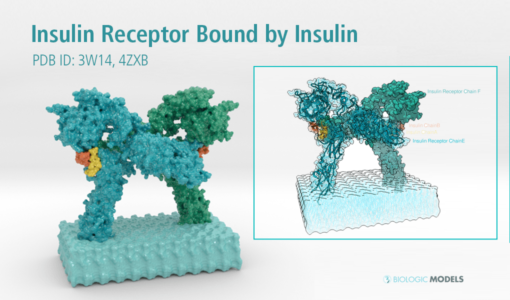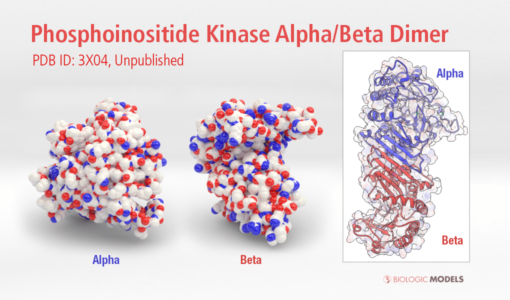Diabetes
-
Mechanism of Insulin Action
Insulin is a small 51 residue hormone synthesized and secreted by ß cells in the pancreas. Insulin is central to lowering blood glucose and maintaining metabolic function. Diabetes Educators and healthcare providers use this set of 3D printed models to explain how insulin binds the insulin receptor, calls up Glucose Transporters to the plasma membrane so that Glucose molecules can then flow through to the inside the cell.
-
Oligosaccharyltransferase Complex
ETH Zurich makes major breakthrough in diabetes research after crystallizing Oligosaccharyltransferase (OST) Complex, the sugar attaching protein.
-
Glycated Hemoglobin HbA1c
Learn more about the dangers of high blood sugar and the HbA1c blood test by exploring this 3D Printed Protein Model of Glycated Hemoglobin (HbA1c).
-
GLP-1 Comparative Analysis
Use these 3D prints of GLP-1 to explain the incretin effect and compare GLP-1 to its analogs. The set includes the natural GLP-1 hormone, an natural animal analog, and synthetic drug.
-
Oxygenated Hemoglobin Hb
Hemoglobin, the protein from inside red blood cells, transports oxygen molecules throughout the body. Explore its 3D structure with a 3D printed biologic model of Oxygenated Hemoglobin Hb.
-
Insulin Receptor Complex
Insulin is a chemical messenger produced by the pancreas in response to food. Use this 3D printed Biologic Model of the Insulin Receptor Complex as a desktop reminder to take your medication before each meal.
-
PIP4K II Alpha and Beta
Recently, Cornell University commissioned us to create 3D printed models of PIP4K II Alpha and Beta for the purpose of demonstrating PIP4K dimerization.
